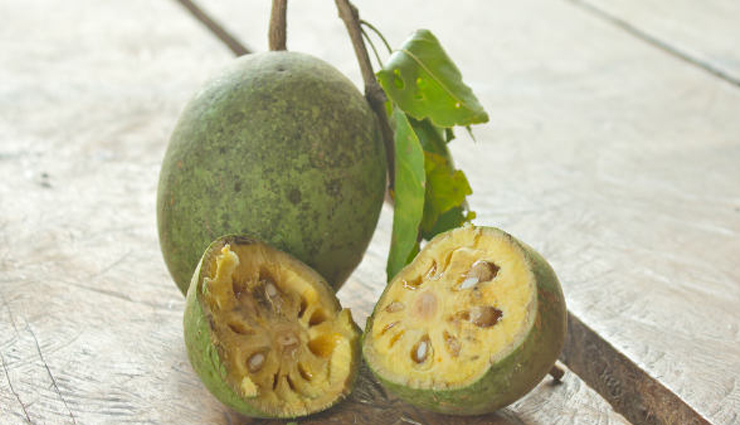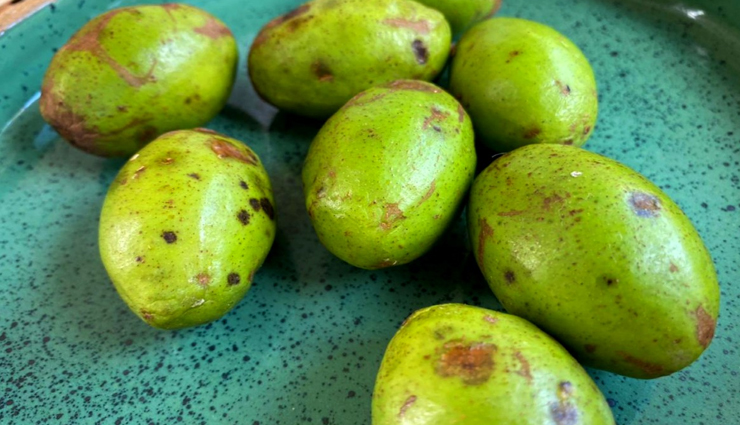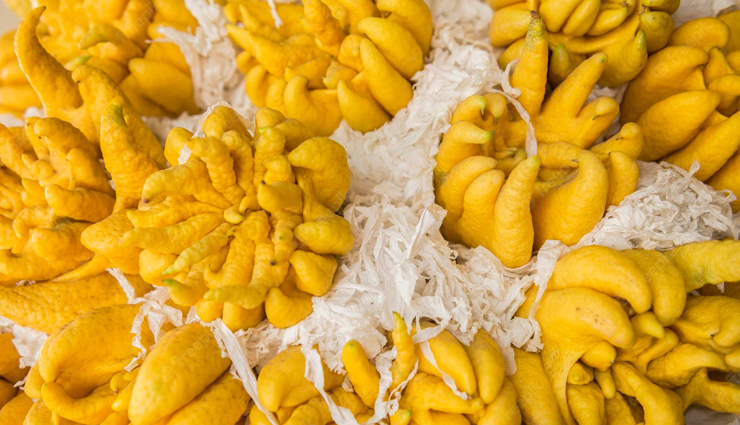6 Rare Indian Fruits You Must Try Once
By: Kratika Tue, 01 Nov 2022 12:22:02

As the seventh largest country in the world by area, India sprawls over a wide variety of terrain. Because of the vast differences as you go from place to place in the different corners of the country, the local produce also changes drastically. Because of its tropical climate, the lush greens in wild pockets of the country are home to some truly rare Indian fruits. Here, we talk about sixteen of them!

# Pomelo
Pomelo or pummelo is a large citrus fruit and the principal ancestor of the grapefruit. It is native to Southeast Asia, and is usually eaten raw. It bears resemblance to the sweet taste of the grapefruit, and is 89% water and 10% carbs.

# Khirni
Native to the Indian subcontinent and eastern countries like Thailand, Vietnam and Myanmar, Khirni is a slow-growing evergreen species. It grows in tropical and temperate forests. The bark of the tree is especially useful for carpentry, and the fruit, of course, is edible.

# Bael/ Wood Apple
The Bael tree is a rare species native to the Indian subcontinent and Southeast Asia. It is considered to be sacred by Hindus. Bael fruit can take upto 11 months to ripen and has a hard exterior shell. It is eaten by itself, and is also often used to make sherbet during hot summers. The fruit is also believed to have medicinal characteristics.

# Ambarella/ Indian Hog Plum
Ambarella is an equatorial or tropical tree. Its fruit contains a fibrous pit. While it is native to Southeast Asian countries, it has also been introduced in various Latin American countries where it is eaten by locals.

# Persimmon
Persimmon, or as it is locally called in India, Japani Phal, is a berry which is for the most part produced in China and some other East Asian countries, but is also cultivated in some Northern parts of India. Once ripe, Persimmon has a very sweet taste.

# Fingered Citron/ Buddha’s Hand
Shaped like the fingers of a hand (which is what gives the fruit its unusual name), the fingered citron is native to East Asian countries as well as northern parts of India. It has religious importance in Buddhism. Unlike other citrus fruits, fingered citron has no pulp or juice. Instead, the zest of the fruit is used in desserts and Savory dishes.





